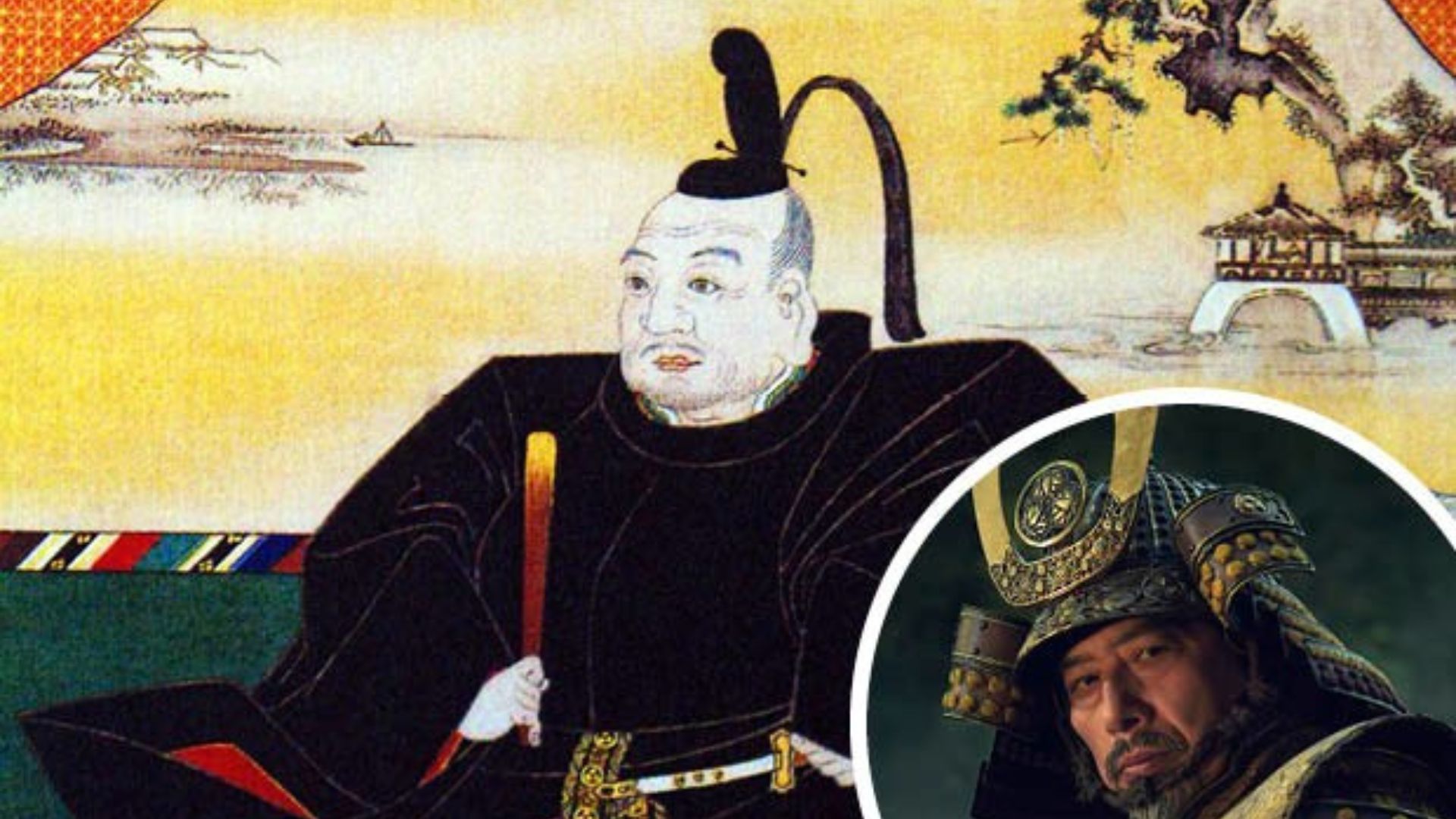Lady Murasaki Shikibu’s The Tale of Genji is not only regarded as the world’s first novel but also one of the most important and influential works in Japanese literature. Written in the Heian period (794-1185), this masterpiece provides a vivid portrayal of the aristocratic life in ancient Japan, weaving together themes of love, power, and the fleeting nature of life. In this blog post, we will explore the life of Lady Murasaki, the historical context in which she wrote The Tale of Genji, and the novel’s lasting impact on literature and culture.
Who Was Lady Murasaki?
Lady Murasaki Shikibu, whose real name is thought to have been Murasaki Shikibu, was a lady-in-waiting at the Heian court during the 11th century. Although very little is known about her life, she is one of the most well-known figures in Japanese literary history. Murasaki’s nickname, “Lady Murasaki,” likely comes from the name of the main character’s lover, Lady Murasaki, in The Tale of Genji.
1. Her Life at the Heian Court
Lady Murasaki was educated and well-versed in Chinese literature, which was a significant influence on her work. She is believed to have written The Tale of Genji at the request of the Empress Shoshi, the wife of Emperor Ichijo, who was intrigued by her talent for storytelling. Murasaki’s work would become one of the crowning achievements of the Heian period, a time when the Japanese court culture was at its peak.
2. The Creation of a Literary Masterpiece
Although not much is known about her personal life, Lady Murasaki’s brilliance as a writer is unquestionable. She crafted a rich, detailed narrative that spanned 54 chapters and explored the emotional depth of human relationships. Through her writing, Lady Murasaki bridged the gap between the world of the Heian aristocracy and the complex internal world of her characters.
The Tale of Genji: The World’s First Novel
The Tale of Genji, often referred to as the “Shining Prince” story, follows the life of Genji, the son of an emperor and a low-ranking woman. He is a beautiful, charismatic man who experiences love, loss, and the intricacies of political power and social status.

1. The Plot of The Tale of Genji
The novel’s central character, Genji, is born to the emperor and his beloved but low-ranking consort, Lady Kiritsubo. Because of his mother’s lower status, Genji’s birth places him in a delicate position in the royal family. As Genji matures, he navigates a life full of romantic entanglements, political intrigue, and the pursuit of happiness, despite his tragic love life.
Over the course of the novel, Genji faces the consequences of his actions, encountering a multitude of characters who impact his life, including his lovers, family members, and political peers. The Tale of Genji spans generations, concluding with the descendants of Genji and the emotional turmoil they experience as a result of his legacy.
2. Literary Innovation and Style
The narrative style of The Tale of Genji is a breakthrough in fictional storytelling, blending psychological depth with detailed descriptions of daily life and court customs. Lady Murasaki’s use of stream-of-consciousness and her focus on the internal thoughts and emotions of her characters gave the novel a level of complexity not seen in previous works of literature.
The Significance of The Tale of Genji
1. A Glimpse into Heian Period Aristocracy
The Tale of Genji provides invaluable insight into the culture of the Heian court, offering readers an intimate look at the aristocratic lifestyle, rituals, and the intricacies of court politics. Lady Murasaki’s attention to detail in depicting the clothing, food, architecture, and customs of the time has made the novel a treasure trove for historians and cultural scholars alike.
2. Exploration of Universal Themes
Although set in 11th-century Japan, The Tale of Genji deals with universal themes that continue to resonate with readers today. These themes include love, jealousy, betrayal, and the fleeting nature of life. The novel explores how human relationships are shaped by society and how individuals struggle with their desires, regrets, and the passage of time.
3. The Foundation for Japanese Literature
As one of the earliest examples of a prose narrative, The Tale of Genji laid the groundwork for the development of Japanese fiction. The novel influenced generations of writers and continues to be celebrated in modern-day Japan. Its symbolism, complex character development, and rich cultural context make it an essential read for anyone interested in Japanese history or literature.
The Tale of Genji’s Legacy
Lady Murasaki’s The Tale of Genji has had a profound influence on not only Japanese literature but also global literature. It is often considered the world’s first novel and remains a timeless work due to its emotional complexity and the intricate depiction of the human experience.
1. Influence on Japanese Culture and Art
Over the centuries, The Tale of Genji has been the subject of numerous adaptations in various media, including theater, art, and film. Artists and writers have used the novel as inspiration for their works, ensuring that Lady Murasaki’s masterpiece continues to shape Japan’s cultural identity.
2. Modern Recognition
In recent years, The Tale of Genji has been translated into multiple languages and continues to be celebrated globally. Scholars continue to study the work, with ongoing debates over its themes, characterizations, and its historical accuracy.
Conclusion
Lady Murasaki Shikibu’s The Tale of Genji is more than just a work of fiction; it is a cultural treasure that offers profound insights into human nature, society, and the Heian period. Through her novel, Murasaki not only captured the heart of Japanese aristocracy but also created a work that continues to resonate with readers worldwide. The story of Genji remains a landmark achievement in world literature, and Lady Murasaki’s legacy as the creator of the world’s first novel endures, offering a timeless exploration of love, loss, and the passage of time.











